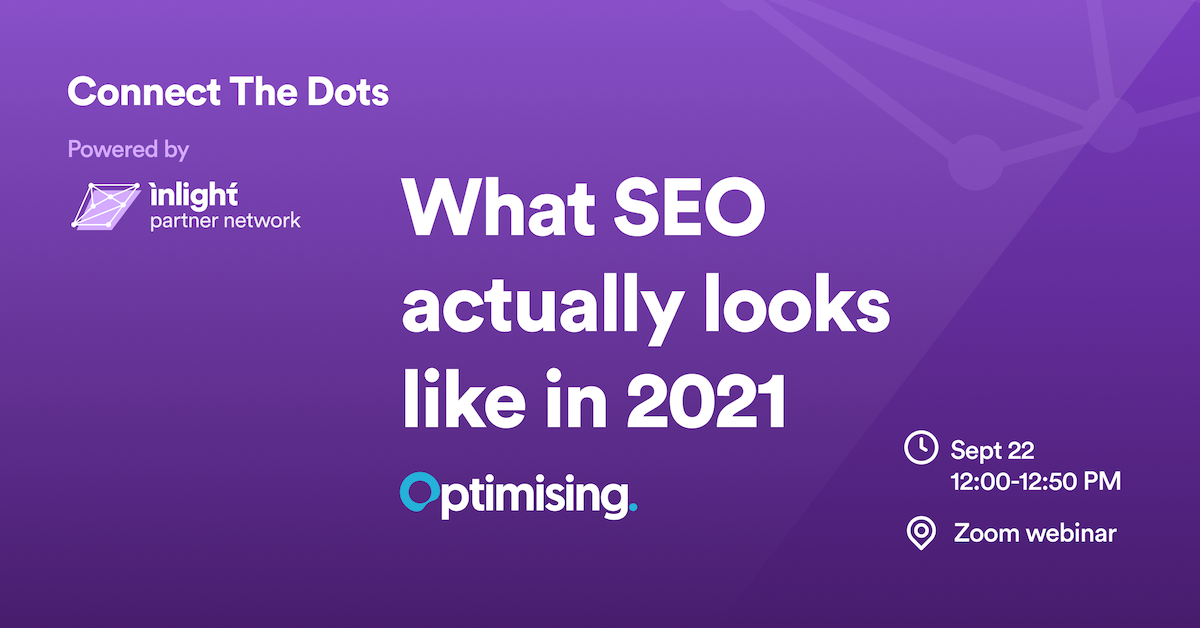What does good SEO look like?
"Ultimately, good SEO benefits the user"
Search engines now place greater value on websites that are valuable to the user. They want to rank websites that are relevant to the searcher’s query, fast loading and secure, provide a great page experience, and retain user interest in order to rank highly - sounds easy!
Let’s explore some of these points in greater detail.
Valuable content
Strong content is crucial for SEO. Your content needs to be written in a tone that speaks to your prospective audience, understands their pain points, and communicates the value of your offering. Of course, what this content looks like will vary significantly by industry and target audience.
Alongside this, the page needs to be designed well, structured logically, and include relevant trust factors like testimonials and reviews. Unlike keyword-stuffed content, your content should read as if it is written by a human.
Relevant backlinks
Now you've got an understanding on what types of links Google doesn’t like, what types of links work? You should always be aiming for quality over quantity when it comes to your SEO links.
Links in a 2021 SEO strategy should be an extension of your PR strategies. Well-respected and authoritative publications, industry associations, media mentions are all ways you can build links that are natural.
The signs of a good link are that they are highly relevant, and also drive traffic back to your website. This approach to link building is logical and makes the internet a better place.
Page speed
As the SEO industry has evolved, it has become an increasingly technical game. Now that page speed now has a confirmed effect on rankings, you can no longer leave improving a website's speed purely to developers. The term ‘optimising page speed’ means so many things, including things such as removing redundant code, preloading of certain assets, and overall ensuring the site feels fast to a user.
There are many ways you can evaluate your page speed but Google’s Lighthouse tool is highly recommended. Google has stated that it feeds into the algorithm and it will identify issues in your load time.
Remember though - it is not all about the best scores! It’s about solving the issues.
Mobile-first
Users are becoming more reliant on their phones than ever before. Because of this cultural shift, search engines utilise the mobile version of a website to index and rank content. Content should be well-optimised for mobile. Content with a clear structure, a fast loading time, and code written with mobile viewports is recommended.
These days, it's not uncommon for mobile sites to be designed first, with the desktop versions being the afterthought!


